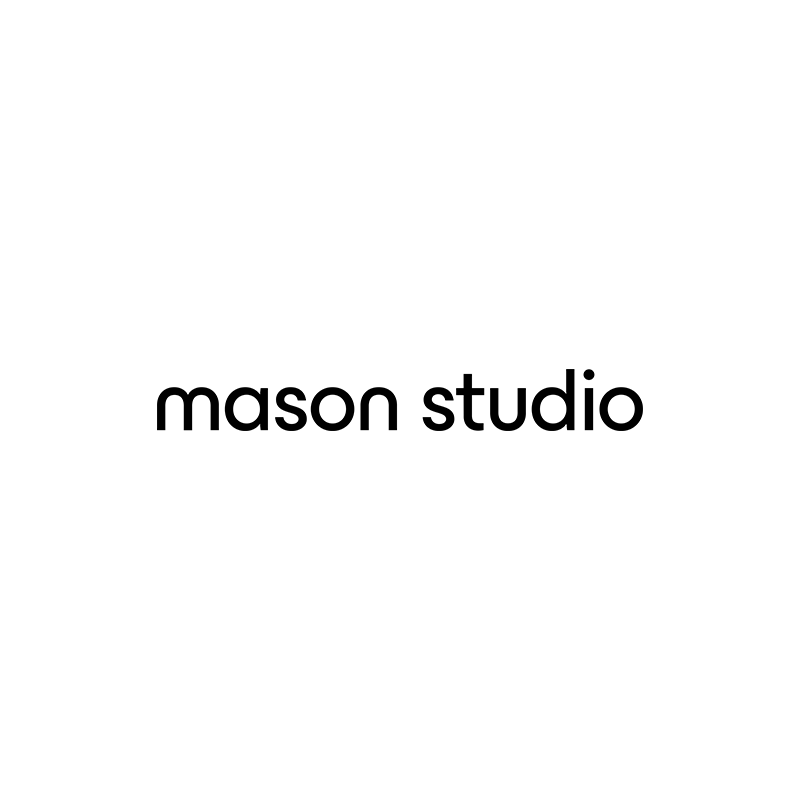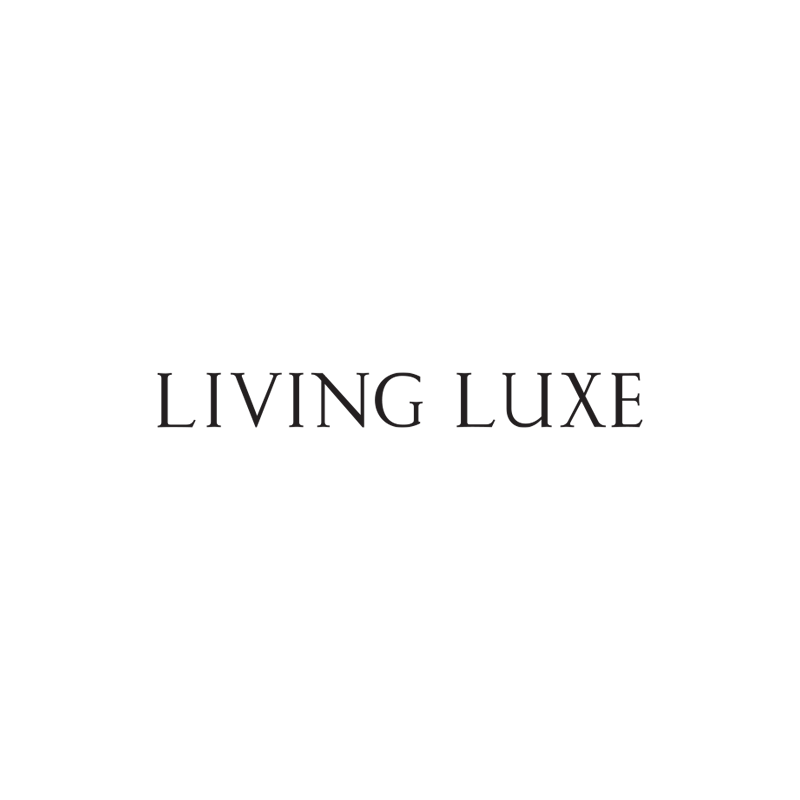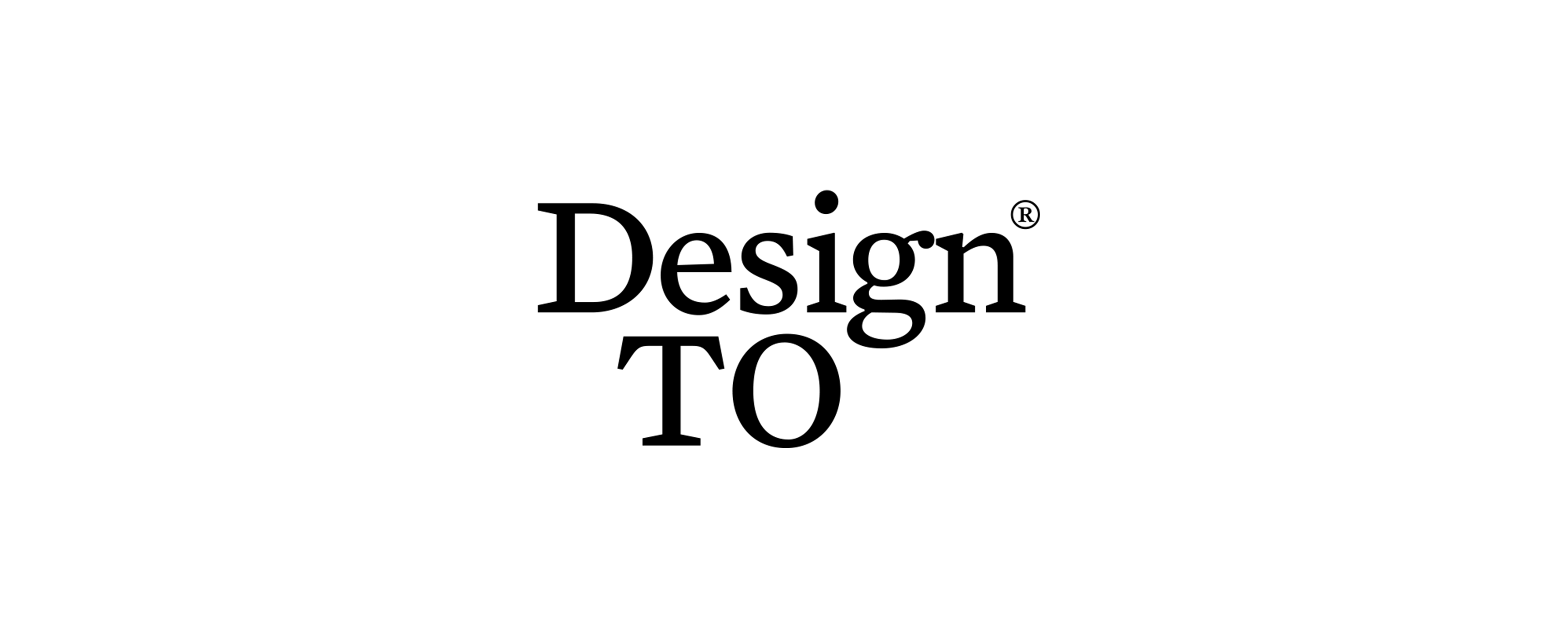

Artist Tracey Pawis has been involved with DesignTO since 2017, when she exhibited her work for the first time in the festival. At the DesignTO 2019 Festival, her window installation ‘Creators Connections’ was a festival highlight, showcasing the traditional Anishinaabe art of quillwork and quillbox making. We caught up with Tracy to find out where she finds inspiration for her work and why she enjoys participating in DesignTO.
How long have you been involved in DesignTO?
Being new to entrepreneurship and starting an art gallery in 2010 in the town of Parry Sound, I had the opportunity to meet Sheena Sharp of Coolearth Engineering. Sheena’s interest in Aboriginal art has been positive and supportive. It was Coolearth Engineering who submitted our application to DesignTO. January 2017 marked our first exhibition at Coolearth Engineering which has since extended to Helen & Hildegard. Both of which I am very thankful to have worked with in a collaborated effort.

What are your favourite things about DesignTO?
DesignTO gave me a stage to showcase Ojibwe Arts to a larger audience and share the beauty of our traditional crafts. It felt good to have the opportunity to reach more people with my passion of quillwork. Being creative, along with sending out education and awareness in birch bark, porcupine quills, and sweetgrass is very fulfilling. It’s not only fun but a responsibility because it fosters a sense of belonging, contributes to quality of life, and helps us relate to each other. The cultural preservation of traditional artwork gives me gratitude in my life and brings me joy.
DesignTO gave me a stage to showcase Ojibwe Arts to a larger audience and share the beauty of our traditional crafts.
Where do you find inspiration for your work?
My inspiration comes when I spend time in my home on my First Nation Reservation. Being on the land, in the quietness of nature, I begin to envision images and other references to nature. Thoughts that come to me are: what would this look like in quillwork and birch bark. Thoughts of flow and fluidity with its relationship to the land come to me. These thoughts make me feel mindful of things in our existence, for which I am grateful.

Can you tell us a bit more about the story behind the pieces featured in Creators Connections?
Before the winter season starts, during spring, summer, and fall I begin thinking of what can be done with the natural materials I use in my displays, birchbark, porcupine quills, and sweetgrass. Taking walks, listening to sounds, and looking at every movement along with colours are what I take notice and make note of. I find excitement in taking notes, using the skills my mother has taught me, and doing quillwork. Being mindful. Taking what I see from my surroundings and placing them onto natural materials.
How would you describe your practice?
The traditional crafting process for me has been healing and enjoyable. I have been able to gain a deeper understanding of my responsibility to my people and passing on skills and culture to people who want to learn. Many people can imagine themselves making and doing craftwork with birch bark and porcupine quills. It is behind the scenes, where the work requires a skill that’s been passed on to families within the Ojibwe people. Members of my family have shared with me how things feel and what signs to look for that surround me. Over the years, it has taken much practice to see what steps need to happen to get to the place of completion. There are a lot of traditional techniques that are handed down generationally to master these crafts.
The traditional practice of harvesting, storing, and preparation all become about taking care of the land and our resources — every one of us.
Do you have any future plans for your work you can share with us?
It is fulfilling for me to take what I have learned and extend these teachings for others to see and use for their own creative expression. It would be nice to see this medium of woodland crafts continue to grow, rather than forgotten. I hope to pass this practice on by teaching others about Ojibwe cultural arts through coordinated workshops throughout the year. Those who are interested in learning about Ojibwe crafting can contact me through my website (www.gzaagin.ca).
As an artist/designer working in Canada, what role do you feel DesignTO plays in our art and design industry as a whole?
The people who are going to pick up and practice with birch bark, porcupine quills, and sweetgrass will quickly recognize there is more to the skill of going out and getting materials; there is a more profound responsibility that’s passed on to us as Ojibwe people who carry our history and culture. The traditional practice of harvesting, storing, and preparation all become about taking care of the land and our resources — every one of us. DesignTO is giving creators the opportunity to share a variety of creative expressions, and as a result will continue to grow new innovative ideas for the future of the industry.

‘Creators Connections’ was on display at Helen and Hildegard, 1174 Queen St W, January 18-27, 2019.
Images by Loretta Mao and Aitak Sorahitalab





























